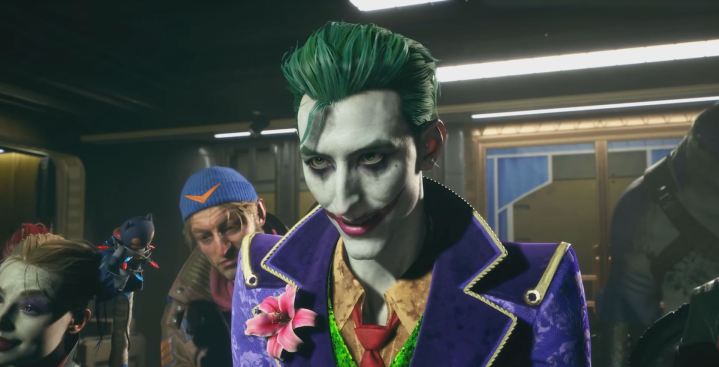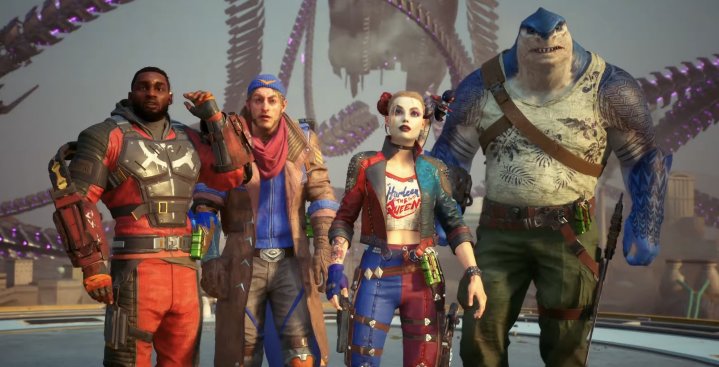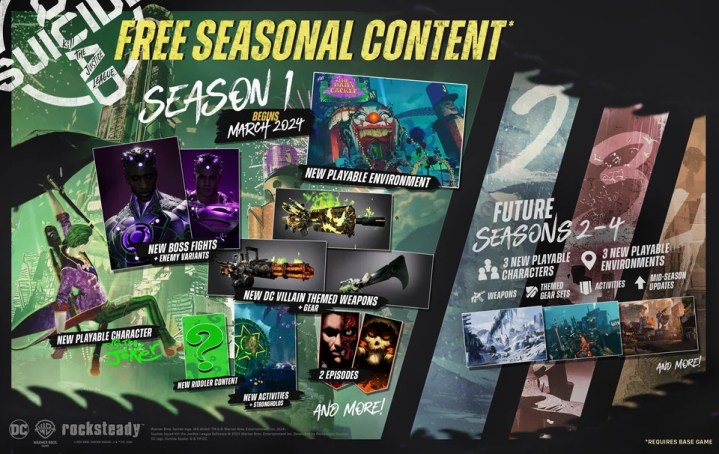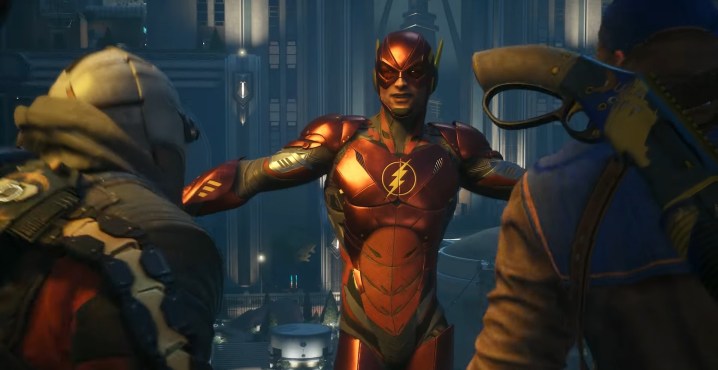
Is Suicide Squad: Kill the Justice League a salvageable live-service game? That question was top of mind as I reviewed the latest DC Arkhamverse game from Rocksteady Studios.
The antihero game is a co-op multiplayer shooter, and Rocksteady and WB have already committed to seasons of post-launch content. It’s set to follow a live service approach with its endgame and in-game store. Historically, games like this have gone both ways after a rocky launch. Titles like Anthem and Marvel’s Avengers stand out as notable failures. They both seemed initially promising, launched in a rocky state, failed to garner the needed support through post-launch updates, and eventually shuttered.
Some initially-maligned games have recovered, though. Most famously, the launch versions of No Man’s Sky and Final Fantasy XIV weren’t well-received but eventually flourished as their developers fixed their games’ biggest issues and brought the experience to new heights. Although I have plenty of problems with Suicide Squad, there is something worth fixing here if its developer and publisher are truly committed to Suicide Squad long-term.
The hope
Right now, the worst things about Suicide Squad are its user experience, mission design, and content variety. Unfortunately, those are three of the most important elements of live service games. You need to have enough original, varied content to keep players engaged for hours upon hours, and it needs to be presented in a seamless way. At times, Suicide Squad is a joy to play when I’m flying around as Deadshot, taking advantage of the intricacies of the affliction and combo systems to deal maximum damage to enemies. It’s an enthralling loop that I think fans of multiplayer shooters like The Division or Remnant II would enjoy, but Suicide Squad actively works to make part of the game less entertaining.

The UI is a visual mess, which gives the game a harsh learning curve as you need to learn where everything is. It also constantly interrupts the comfortable pacing of the experience with post-mission menus. A significant UI and UX revamp is required in the future if this game is to be a success. That can’t get in the way of the seasonal content already promised and accounted for by Suicide Squad’s narrative and gameplay systems.
The ending of Suicide Squad reveals that a coalition of 13 Brainiacs is behind these multiversal attacks. Presumably, the plan is for two-to-three years of post-launch content to be about taking them all down. A road map has been released, promising four upcoming seasons, each adding a new character. This starts with an alternate version of the Joker, a high-profile character addition that may attract new players. There will be new boss fights, environments, weapons and gear, and more. Overall, Suicide Squad has a more confident road map than games like Marvel’s Avengers had at release, promising an entire year of new content.

Once I reached Suicide Squad’s endgame, I discovered ample progression systems to support it. There’s a Finite Crisis level to increase, lots of Infamy Gear to grind for, and a vast talent tree shared between characters that experience can go toward. The downside: right now, there aren’t many Incursions and compelling objective types, so you’re doing the same thing. Optimistically, this is something that Rocksteady can vastly improve on over time, with a new mission type called Strongholds already promised for Suicide Squad’s first post-launch season.
If Rocksteady adds more content variety and fixes all the problems plaguing Suicide Squad’s user experience, it can detach itself from some anchors weighing the whole experience down. Then, people will have a chance to appreciate Suicide Squad for what it does well — its frenetic combat and traversal — and possibly elevate it to a live service success. Responsibility for that doesn’t ultimately fall onto players, though.
The reality
Rocksteady and WB Games need to be the ones with the wherewithal to do all of this. Games like Anthem and Marvel’s Avengers also had solid cores, but their publishers got cold feet from their rocky launches, and EA and Square Enix were never willing to invest what was needed to fix their respective games. In Suicide Squad’s case, an endgame screen teases four upcoming seasons of content.
However, a disclaimer on its website states that “WB Games may modify or discontinue online services with reasonable notice at any time.” So far, its PC player count also isn’t great. Suicide Squad peaked at 13,459 concurrent players on Steam, according to data from SteamDB, which is a far cry from other recent multiplayer successes like Palworld, Enshrouded, or Granblue Fantasy: Relink.

Even single-player games like Persona 3 Reload and Like a Dragon: Infinite Wealth outperform it. Those stats are worrying for Suicide Squad’s future from my perspective, although WB Games and Rocksteady have not commented on the game’s commercial performance since launch yet. We’ll likely have the best idea of what Suicide Squad’s future holds when Circana’s February video game market results roll around and the planned March release date for Season 1 is right on the horizon.
The fate of Suicide Squad will come down to how much Rocksteady and WB Games want it. They’ve set up the narrative and progression systems to support its future and have a solid gameplay core to build around. I think that’s salvageable, but heavy investment into fixing Suicide Squad’s biggest issues and creating captivating new content is necessary for that to happen. We’ll have to wait and see if the Suicide Squad can eventually take down all 13 Brianiacs or if Kill the Justice League’s story is left unfinished like Marvel’s Avengers was.
Suicide Squad: Kill the Justice League is available now for PC, PS5, and Xbox Series X.
Editors’ Recommendations

